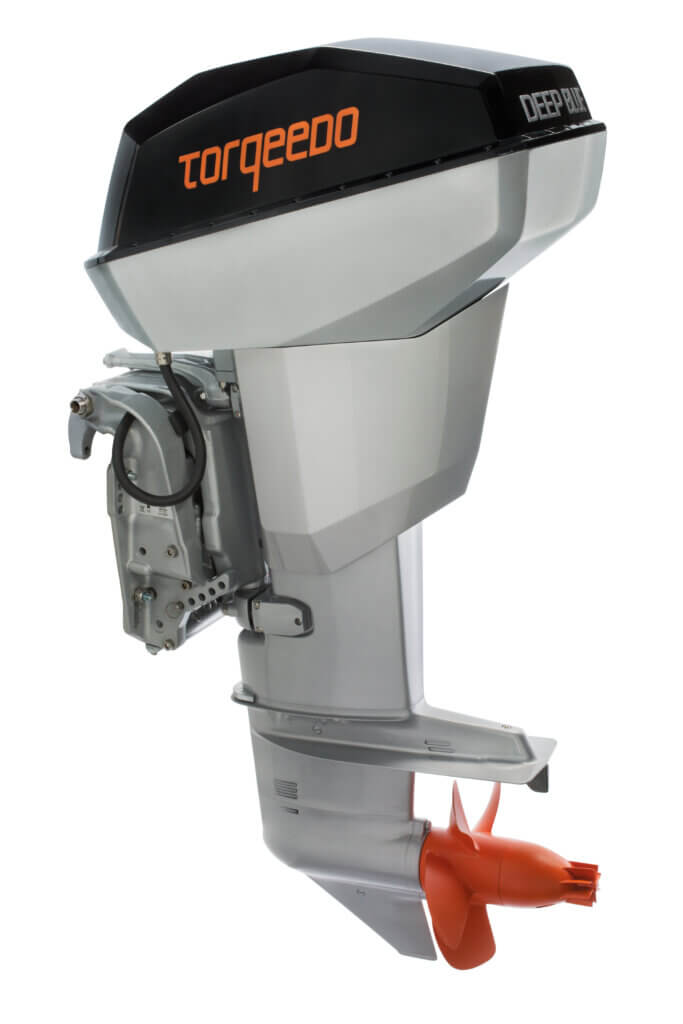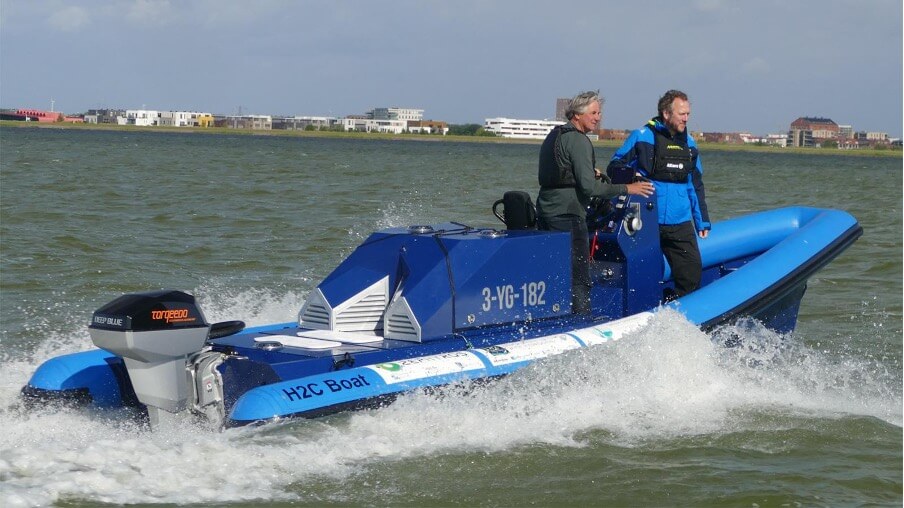We are in the Netherlands, a land which, among other things, will certainly be remembered for a historic milestone. The world of competitive sailing can in fact register a new goal: the Dutch organization Watersportverbond will present its first hydrogen coach boat. For the uninitiated, the coach boat is the vessel that accompanies a racing boat, or trains a single crew, and carries adequate lifesaving and safety equipment. It will therefore be emission-free, and it will be possible to admire it at the 2023 World Sailing Championships in The Hague, precisely in the Netherlands.The boat in question is the H2C and is equipped with a Torqeedo Deep Blue electric motor, synonymous with sustainability and performance.
The features of the hydrogen coach boat
The H2C boat was developed by the Dutch start-up H2 Marine Solutions, capable of giving life to a project made up of collective efforts. In the group of innovative companies that have participated in the realization of the project, in addition to Torqeedo, there are also De Stille Boot and the Delft University of Technology (TU Delft).
“Sailing is all about harnessing the power of nature, wind, and waves. Now, the highest levels of competitive sailing can achieve the range, runtime and performance they need in a coach boat, emission-free,” explained Fabian Bez, CEO of Torqeedo.
The power of Deep Blue 50R outboard motor

As mentioned, Torqeedo’s role was key in supporting the coach boat, which relies precisely on the Deep Blue 50R outboard with Deep Blue 40 KwH lithium-ion battery. The boat has an additional hydrogen capacity of 51 kWh and features a thoughtful energy management system to increase performance and level of control.
Thanks to the hydrogen fuel cell as a range extender, the H2C can guarantee a minimum of 5 hours of operation on water. During navigation, it will be possible to reach a maximum speed of 45 km/h and move without the emission of sounds or polluting agents.Overall it is therefore a revolutionary boat, six meters long, which will be able to offer maximum support to the athletes during their training or the competitions themselves.
Less carbon during competitions
Being able to expand the market for greener shipping is a central goal not only for Torqeedo but also for De Stille Boot. In fact, we must consider that during the competitions of the World Championships, there are numerous coach boats and it had become essential to find a way to reduce the carbon footprint of sailing events. A project that could thus lead to zero-emission regattas by 2030.
The idea of the H2C comes from an intuition of the Dutch sailing coach Jaap Zielhuis and among the many well-known names who have collaborated to make the project possible, there is also Zephyr. His task was to demonstrate the possibility of a green hydrogen chain in the maritime sector in the Netherlands.
Leveraging sustainable energy becomes a real mission
stop there, as evidenced by the crucial moment we are experiencing, characterized by the effort to protect our climate and air quality.
In the coming months, and above all in the coming years, the commitment of the companies involved will therefore increase in order to support new developments and complete solutions. For its part, Torqeedo is working with fuel cell technology in the marine sector, an initiative that is still evolving.
The idea is to use electric propulsion systems to exploit sustainable energy, from solar to wind power, up to cells powered by hydrogen or other liquid fuels to guarantee zero emissions.


